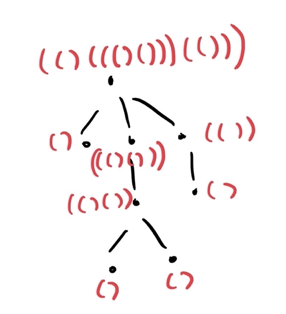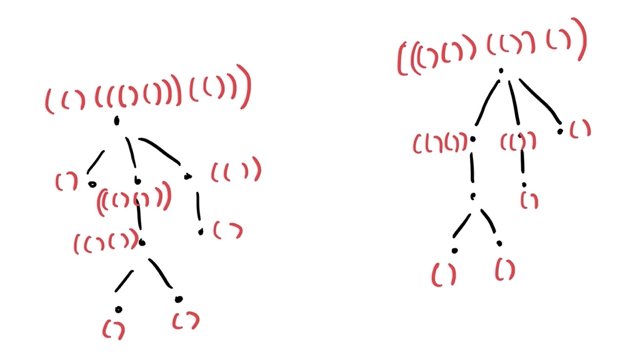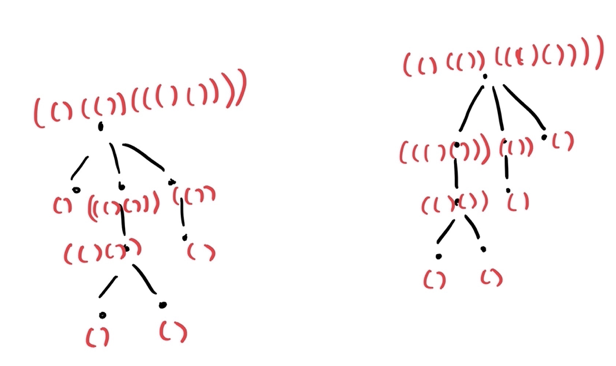History Lesson
Let's take a look at the solve count for the last problems in the last 4 division 2 contests:
803 (Div. 2): F (7 official solves); G (2 official solve)
802: E (18 official solves): F (11 official solves)
801: E (1 official solve)
Edu 130: F (2 official solves)
There's a trend. The last and hardest div2 problem frequently has very few official solves. This means that the last problem, despite taking a lot of time to create, doesn't really affect rankings that much. The authors spent much time for a problem that didn't make a big difference. But it would've made a difference in div1.
Personally, I think that it's okay if 20 or even 30 people AK a div2 round, so it's okay to have 20-30 people solving the last problem. Then, you can take those hard problems and insert them into a div1 round. That way, we can have more contests.
Basically, make div2 last problems a little easier, that way we can save those hard problems for another contest.
What do you think?








 are isomorphic because we can relabel the nodes. If you want a more rigorous definition, then two trees $$$T_1 = (V_1, E_1)$$$ and $$$T_2 = (V_2, E_2)$$$ are isomorphic iff there exists a $$$\phi$$$ for which $$$\phi(E_1) = E_2$$$ and a $$$\phi^{-1}$$$ for which $$$\phi^{-1} (E_2) = E_1$$$.
are isomorphic because we can relabel the nodes. If you want a more rigorous definition, then two trees $$$T_1 = (V_1, E_1)$$$ and $$$T_2 = (V_2, E_2)$$$ are isomorphic iff there exists a $$$\phi$$$ for which $$$\phi(E_1) = E_2$$$ and a $$$\phi^{-1}$$$ for which $$$\phi^{-1} (E_2) = E_1$$$. 



